Catalog
Search
35 products
View:
- Selected: 0Areas of use
- Selected: 0Item names
- Selected: 0Manufacturer
- Selected: 0Made in
- Selected: 1Additional
View:
35 products
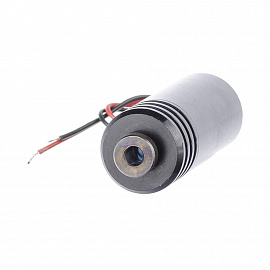
IR Laser Module KLM-B808-x-5 808nm
from
19 176 ₽
Laser modules of the KLM-B808-x-5 series are optimal sources of coherent radiation for the construction of control and automation systems, alignment and marking devices, for scientific and medical purposes.
FTI-Optronik
Saint Petersburg
Produced in: Saint Petersburg
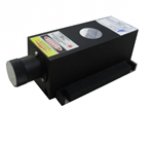
Infrared Laser 980 nm KLM-980-x
CDL lasers of the KLM-980 series are optimal sources of continuous radiation for the construction of control and automation systems, for scientific and medical purposes.
FTI-Optronik
Saint Petersburg
Produced in: Saint Petersburg
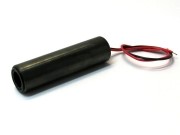
IR Laser Module KLM-A980-5-5 980nm 5mW
from
6 711 ₽
Laser modules of the KLM-A980-5-5 series are optimal sources of coherent radiation for the construction of control and automation systems, alignment and marking devices, for scientific and medical purposes.
FTI-Optronik
Saint Petersburg
Produced in: Saint Petersburg
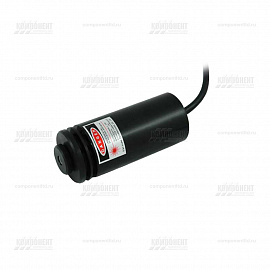
IR laser module KLM-H808-x-5 808nm
from
35 955 ₽
Laser modules of the KLM-H808-x-5 series are optimal sources of coherent radiation for the construction of control and automation systems, alignment and marking devices, for scientific and medical purposes.
FTI-Optronik
Saint Petersburg
Produced in: Saint Petersburg
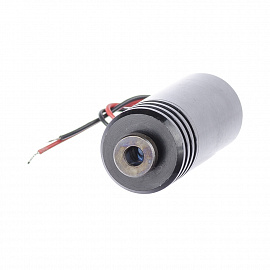
IR Laser Module KLM-D980-x-5 980nm
from
4 314 ₽
Laser modules of the KLM-D980-x-5 series are optimal sources of coherent radiation for the construction of control and automation systems, alignment and marking devices, for scientific and medical purposes.
FTI-Optronik
Saint Petersburg
Produced in: Saint Petersburg
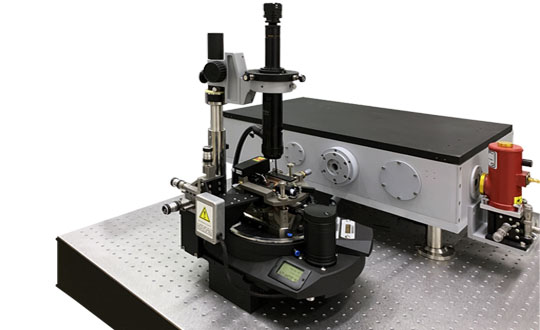
NTEGRA NANO IR
NT-MDT Spectrum Instruments is an INTEGRA Nano IR–scattering scanning near‑field optical microscope (s-NSOM) designed for the infrared spectral range.
The AFM probe is located in the focus of an optical system that directs the IR laser radiation to the sample and collects the optical response. The collected radiation is sent to the Michelson interferometer for optical analysis.
The far-field component of the collected signal is suppressed by synchronous detection. The INTEGRA Nano IR system allows detecting the amplitude and phase of the near-field signal. The spatial resolution of the resulting reflection and absorption contrasts is approximately 10 nm and is determined only by the size of the tip of the probe.
NT-MDT Spectrum Instruments
Zelenograd
Produced in: Moscow, Zelenograd
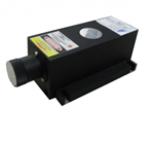
Infrared Laser 808 nm KLM-808-x
CDL lasers of the KLM-808-x series are optimal sources of continuous radiation for the construction of control and automation systems, for scientific and medical purposes.
FTI-Optronik
Saint Petersburg
Produced in: Saint Petersburg
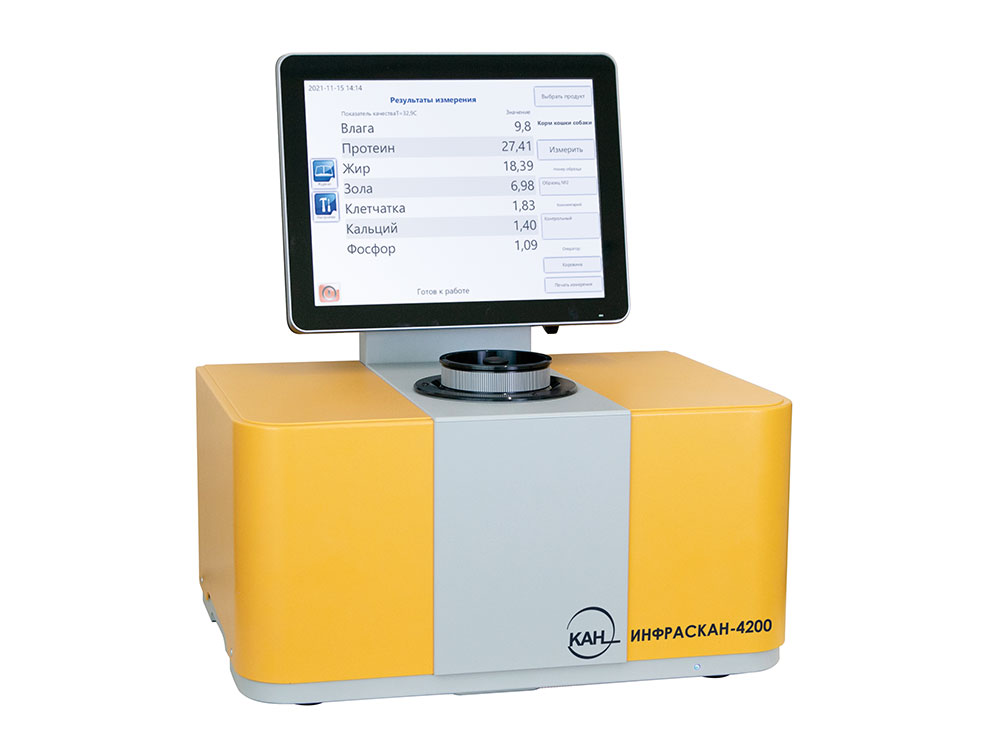
Infrared analyzer INFRASKAN 4200
1 supp.
The INFRASKAN 4200 analyzer has been tested at the D.I. Mendeleev VNIIM, entered into the unified State Register of measuring instruments under No. 83050-21. All manufactured devices undergo primary verification and have the appropriate certificate.
Analyzes a wide range of quality indicators (protein, moisture, quantity and quality of gluten (IDC), fat/oil content, water absorption capacity, acid number, peroxide number, m.d. phosphorizing substances, etc.)
Is calibrated to assess moisture and protein in whole grains (wheat, barley).
The cuvette compartment for the analysis of bulk, liquid and pasty products allows to analyse liquid vegetable oils without the use of additional devices.
The built-in whiteness module allows to determine the whiteness of the product simultaneously with other quality indicators (moisture, protein, amount of gluten). A wide spectral range (400-2500nm) provides measurement of the zonal reflection coefficient to determine the whiteness of flour in accordance with the GOST 26361-2013 methodology.
It is possible to calculate the amino acid composition of feed components.
To organize the work of analyzers in the ECANET network, the INFRASCAN-4200 analyzer can be used as a server for storing and transmitting data.
The remote access mode allows to remotely update existing calibrations, install additional calibration models and develop new calibration models for new products, as well as make adjustments to technical settings if necessary.
GK EKAN
Saint Petersburg
Produced in: Saint Petersburg
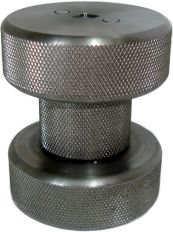
Mini press for producing thin layers of substance on steel mirror plates
It is intended for sample preparation when examining samples using an IR microscope and mirror reflection prefixes.
Allows you to shape a thin layer (up to several microns) to various objects: polymer fragments, microparticles of LCP, powdery substances, fibers, etc.
The resulting thin layers on mirror plates made of alloy steel are investigated by the double transmission method – when the radiation that has passed through the layer of matter is reflected from the surface of the plate and passes through the substance again.
The spectra recorded by this method are completely identical to the transmission spectra obtained, for example, after pressing substances with KBr.
The advantages in this case are:
- speed of sample preparation
- there is no need to use hydraulic and manual presses and molds, grinding mortars, etc.
- no need to use high-purity KBr or petroleum jelly oil
- the sample is not lost and, if necessary, can be examined by other methods
- when using an IR microscope, it is possible to “scan” the resulting thin layer to select the most informative area, and also, if the layer is heterogeneous in composition, to obtain the spectral characteristics of its components.
SIMEKS
Novosibirsk
Produced in: Novosibirsk
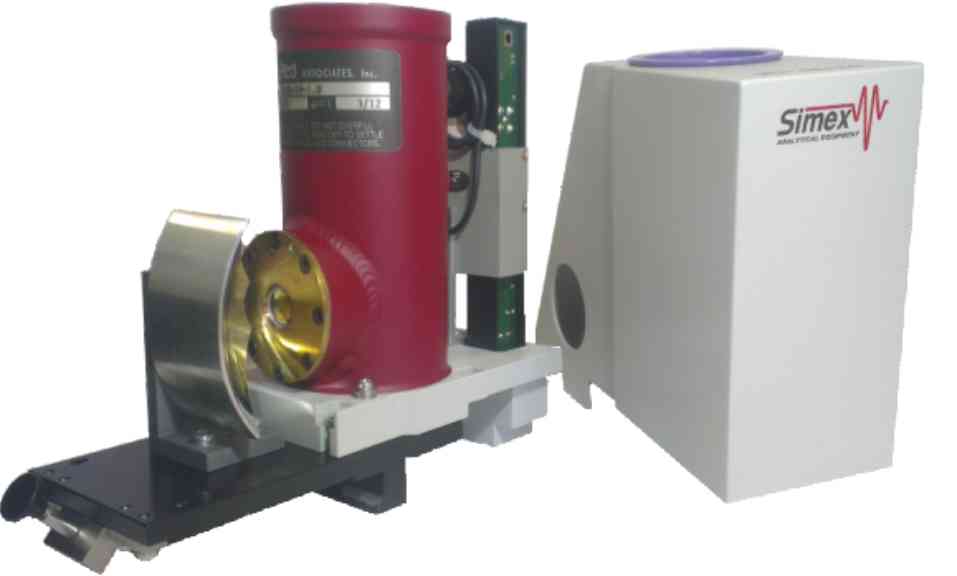
A set-top box with a cooled MST detector
To achieve the maximum sensitivity during measurements, a special prefix is used to the FT-801 Fourier spectrometer, which is an optical unit with a built-in highly sensitive MST detector cooled with liquid nitrogen. The set-top box is installed in the cuvette compartment of the spectrometer and connected to the corresponding external electrical port, the detector is turned on programmatically. In this case, the sensitivity of the method increases many times (up to 20) – depending on the type of standard uncooled detector in the spectrometer). The speed of recording spectra is also increasing. The operating time after filling the cryostat (200 ml capacity) with liquid nitrogen is at least 6 hours.
Increasing the sensitivity of the spectrometer using a prefix with an MST detector may be required for many applications: in fiber spectroscopy, when recording emission spectra of low-power emitters, in trace gas analysis with high spectral resolution, when determining the presence of impurities in samples in ultra-low concentrations, when using multi-pass gas cuvettes, etc.
In the picture: on the left in the cuvette compartment there is a capler with fiber from Art photonics GmbH, Berlin, Germany, on the right there is a prefix with an MST detector.
Technical specifications
The recommended number of scans when registering spectra is 16
Spectrum registration time at 50 scans (resolution 4 cm-1), sec 20
Cryostat capacity, 200 ml
Working time after filling the cryostat, 6 hours
Overall dimensions, mm 225×175×75
Weight, kg 1.45
SIMEKS
Novosibirsk
Produced in: Novosibirsk
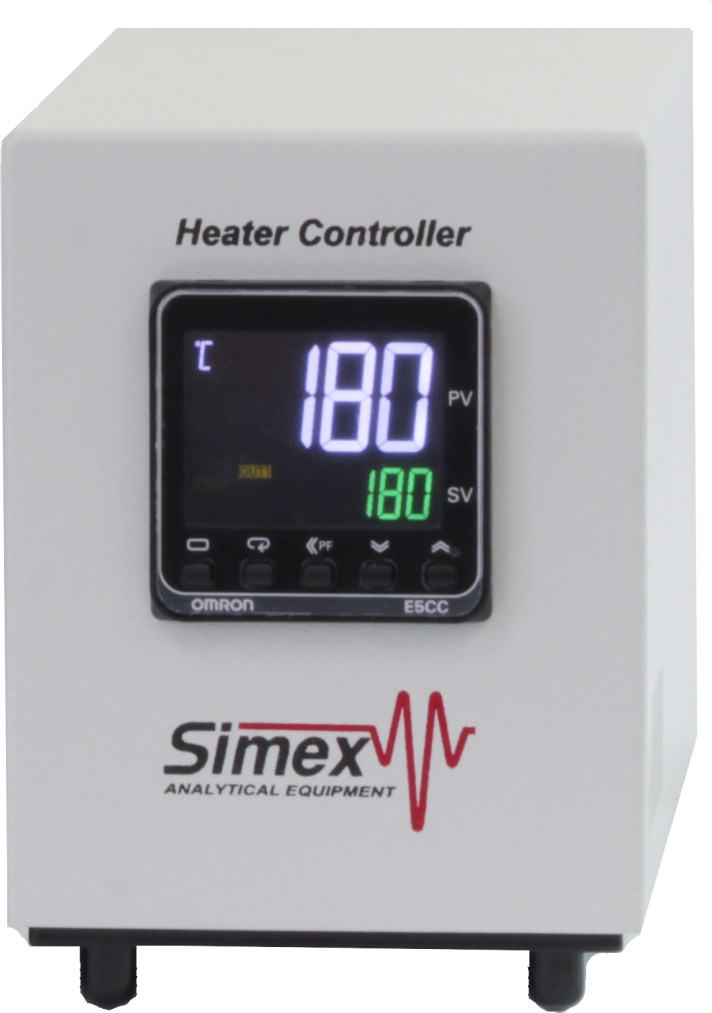
Diamond thermal cell NPVO with temperature controller
The sample heating system is designed to expand the capabilities of standard set-top boxes NPVO-ZDO and NPVO-A. It consists of a heated replaceable frame with a diamond prism and a temperature controller unit.
For most solid samples in the heated state, it is possible to obtain a much more pronounced NPV spectrum than in the cold state. This makes it possible to increase the sensitivity of the method several times.
The properties of some substances and compounds change dramatically with an increase in temperature, chemical interaction processes between components, their decomposition, oxidation in air, etc. may occur. If changes in the chemical composition of a substance occur during heating, a set of spectra corresponding to the kinetics of the process can be obtained with the help of an NPVO prefix with a diamond thermocell and a temperature controller, which is essential expands the possibilities of the method in research.
Technical characteristics of the NPVO set-top box with a thermocell and a controller
Transmission in the operating range of the spectrum, % of the input signal at least 10
The recommended number of scans when registering spectra is 25
Spectrum registration time at 25 scans (resolution 4 cm-1), sec 30
The depth of penetration of radiation into the sample, microns 5 – 15
Minimum dimensions of the solid sample, mm 0.5 × 0.5
Minimum volume of the liquid under study, ml 1
Minimum dimensions of the fiber sample: cross-section diameter/length, mm 0.3/1
The material of the crystal substrate is DIAMOND
The diameter of the free zone of the crystal, mm not less than 2 x 3
The diameter of the focus spot, mm 1.5
Maximum temperature With 220o
Adjustment accuracy, With 1o
Time to reach the maximum temperature, min 10
Overall dimensions, mm 130×200×90
Weight, kg 1,2
SIMEKS
Novosibirsk
Produced in: Novosibirsk
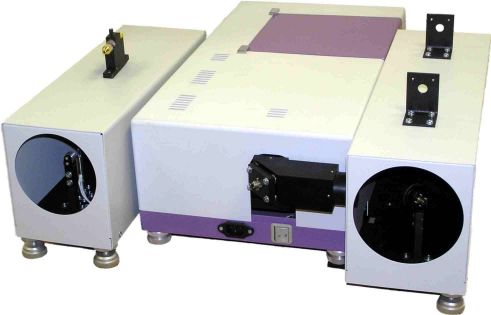
System for remote monitoring of the atmosphere
• Consists of a mirror telescope coupled with a Fourier spectrometer and a searchlight with an IR emitter
• Used to register the spectra of gas and aerosol-gas mixtures on routes up to 100 meters long
• The diameter of the main mirror of the telescope is 170 mm
• Angular field of view +/- 3 degrees.
• An additional reflector can be included in the kit
SIMEKS
Novosibirsk
Produced in: Novosibirsk
